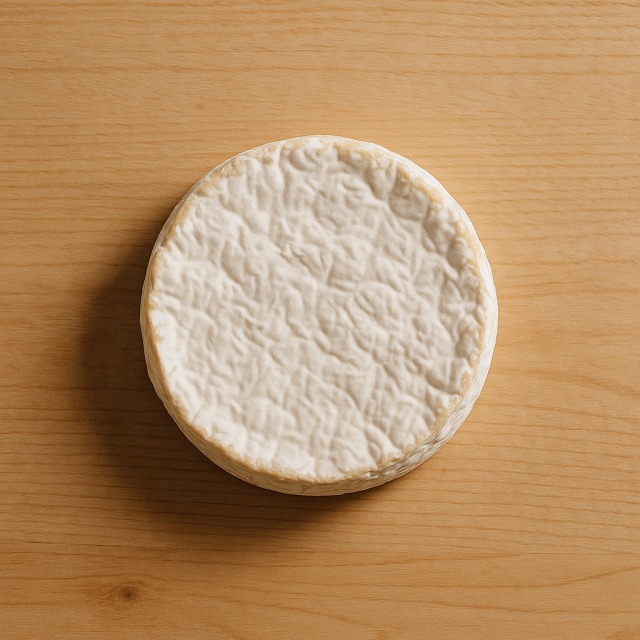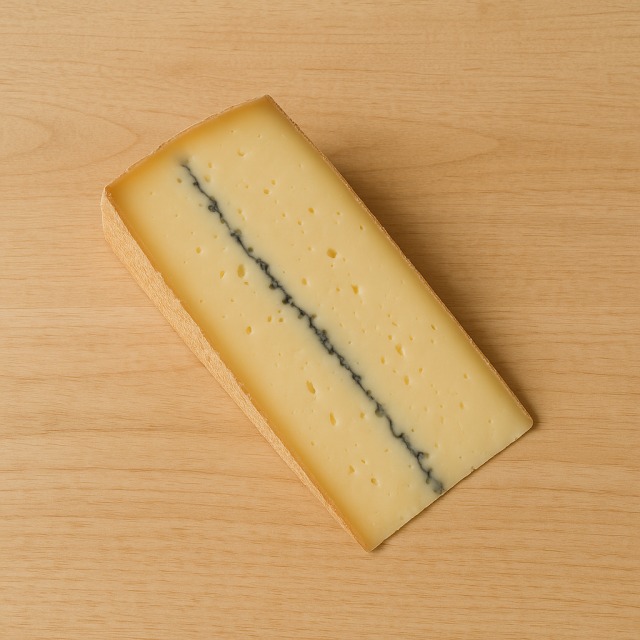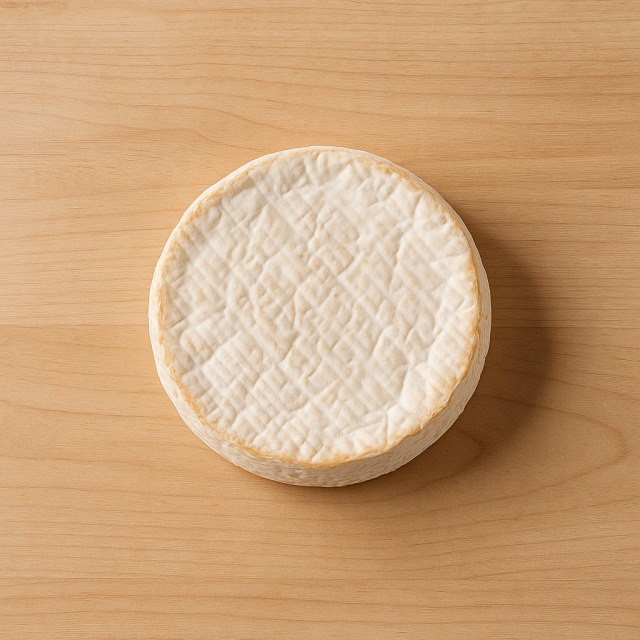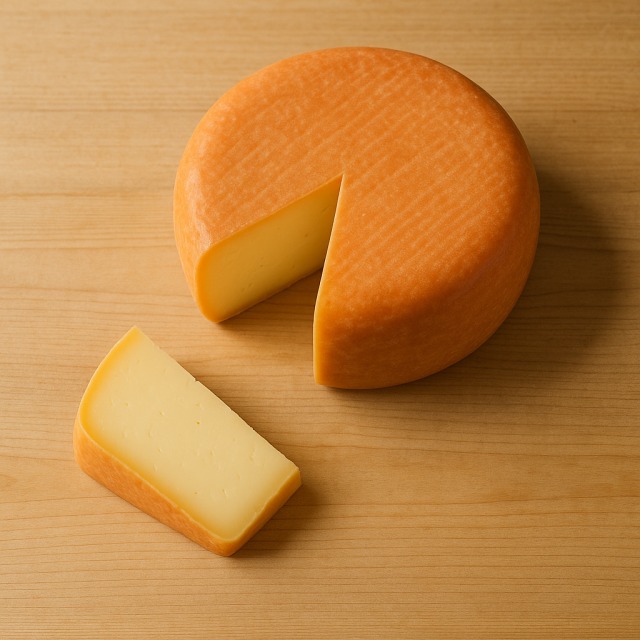Calorie Chart / Cheeses / Camembert 45%
How Many Calories Are in Camembert 45%?
Calculation of the nutritional value & Recommended Dietary Intake of camembert 45%
For g and a calorie requirement of kcal
| Calories 113 kcal | Proteins 8.4 g | Lipids 8.8 g | Carbohydrates 0 g |
| 6% | 11% | 13% | 0% |
Health benefits of camembert 45%

Camembert 45% - 100g
Calories 282 kcal
Proteins 21 g
Lipids 22 g
Carbohydrates 0 g
Camembert 45% is traditionally made with rich Normandy milk, which explains why its calorie content is considered high. These calories deliver 21 g of complete proteins that supply all essential amino acids, and they also provide calcium (about 20% of the daily value per portion), phosphorus, and vitamin B12, all crucial for bone health and red blood cell formation.
The fermentation that gives Camembert its creamy heart also brings beneficial lactic bacteria. Although its calorie level is high, the absence of carbohydrates means its glycaemic load is negligible, which can interest athletes following low-carb protocols. Finally, Camembert 45% has a Protected Designation of Origin (PDO) history dating back to 1791; knowing this cultural background enriches any discussion about calories because it shows that quality, not only calories, matters.
To sum up, Camembert 45% is a high-calorie cheese, but those calories come packaged with valuable micronutrients and a long gastronomic heritage. When you look beyond calories alone, you gain calcium, vitamin B2, zinc, and conjugated linoleic acid (CLA), which is supposedly linked to better body composition, although this benefit remains "supposed" pending further studies. Remember: calories tell only part of the story; nutrient density completes the picture.
Tips for incorporating camembert 45% into a balanced diet
If you want the flavor of Camembert 45% without letting calories dominate your plate, pair a 30 g wedge with crisp apple slices and a handful of peppery arugula. The fruit and greens add volume with very few calories, balancing the cheese's calories while supplying fiber and vitamin C.
For a comforting yet mindful starter, bake the cheese in its wooden box for 10 minutes, then dip pieces of toasted baguette. Control the serving size—two thin slices of bread keep calories reasonable and turn the high-calorie Camembert into an occasional treat rather than a calorie bomb.
A sporty lunch idea: add diced Camembert to a salad of roasted pumpkin, crushed walnut, and baby spinach. The sweet squash offsets the salty cheese, and the healthy fats from walnuts spread the calories more evenly across macronutrients. Just as with chicken breast salads, portion control is key: weigh your cheese so you always know how many calories you are adding.
Finally, remember that Camembert already brings intense flavor; you can reduce overall calories in gratins by using half Camembert, half lighter cheeses such as Cancoillotte. Small culinary tweaks keep taste high and calories moderate.
Frequently Asked Questions
- How many calories are in Camembert 45%?
- Camembert 45% provides 282 kcal per 100 g.
- Is Camembert 45% suitable for a low-calorie diet?
- Because of its high calorie density, Camembert 45% is best eaten in small quantities when you follow a low-calorie plan. A 30 g serving contains roughly 85 calories, making portion control essential.
- Does baking Camembert change its calories?
- Baking does not remove fat or protein, so the calories stay virtually the same; only moisture may evaporate, making calories per gram slightly higher.
- What nutrients supply the calories in Camembert 45%?
- The calories come mainly from milk fat (about 22 g lipids per 100 g) and proteins (21 g). Carbohydrates are negligible, so calories are almost entirely fat- and protein-derived.
- How does Camembert 45% compare in calories with other cheeses?
- At 282 kcal/100 g, it has fewer calories than Roquefort or Comté but more than light options such as fresh goat cheese. Checking calorie tables helps you choose according to your goals.
Similar foods
Information provided by Calorie Menu may contain inaccuracies or errors. It cannot, under any circumstances, substitute medical advice or medication.










